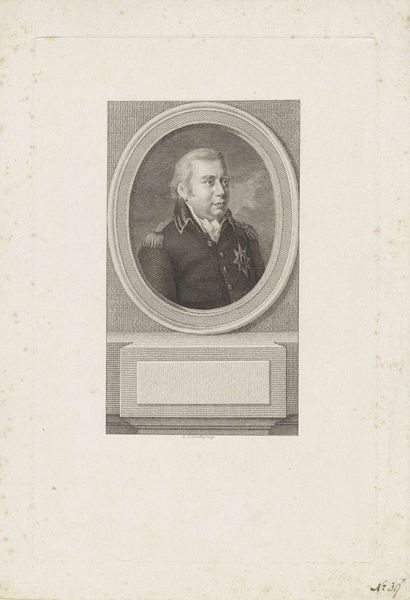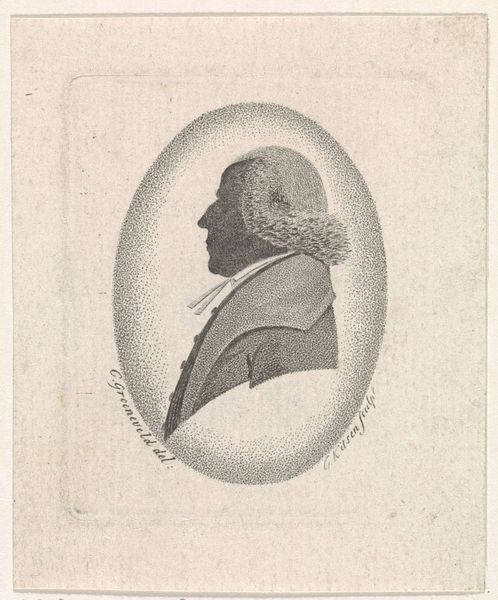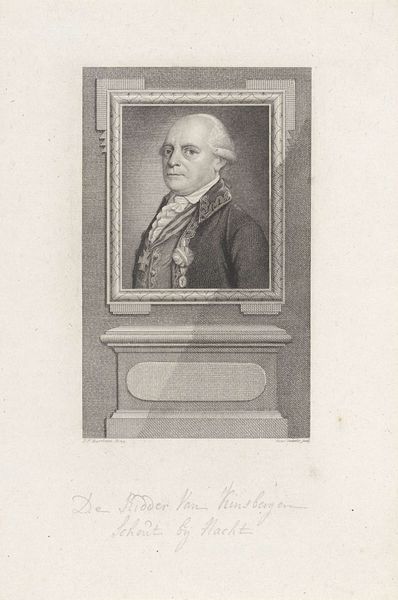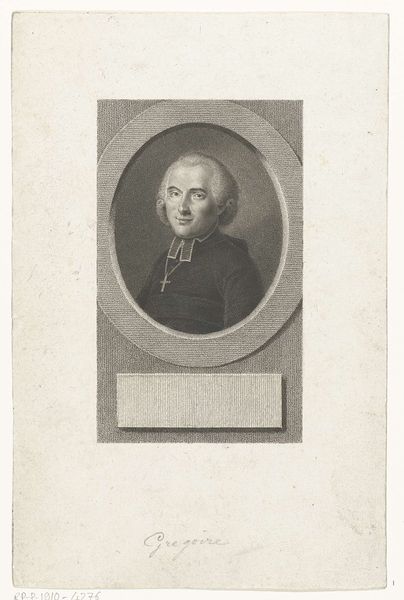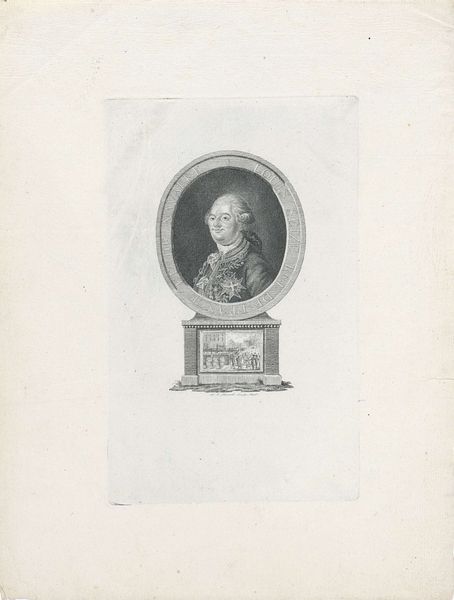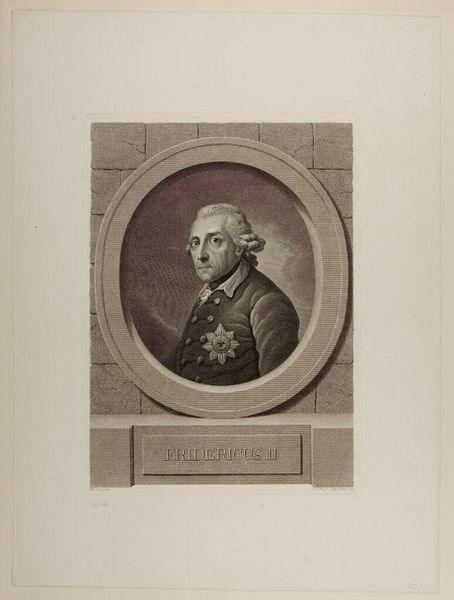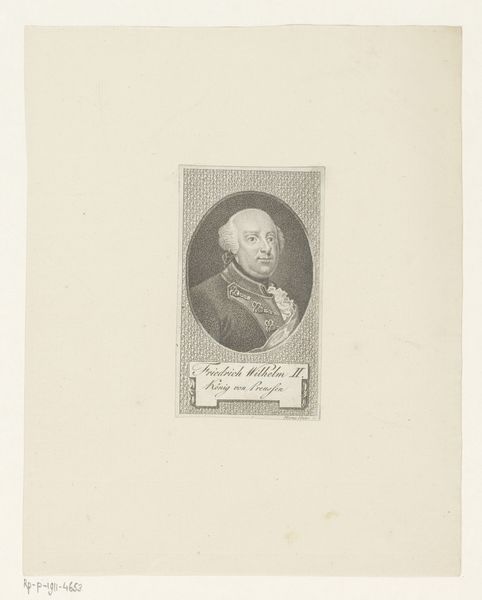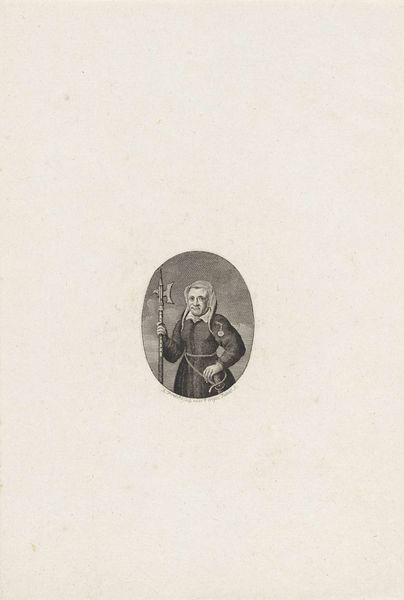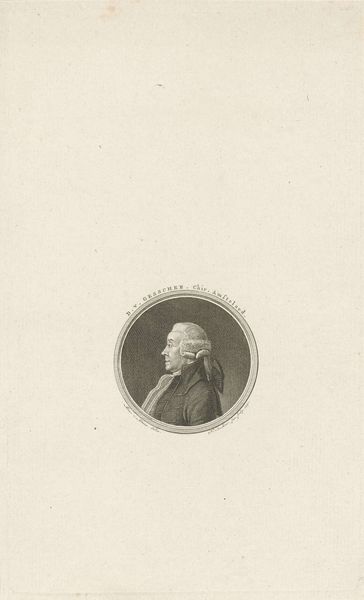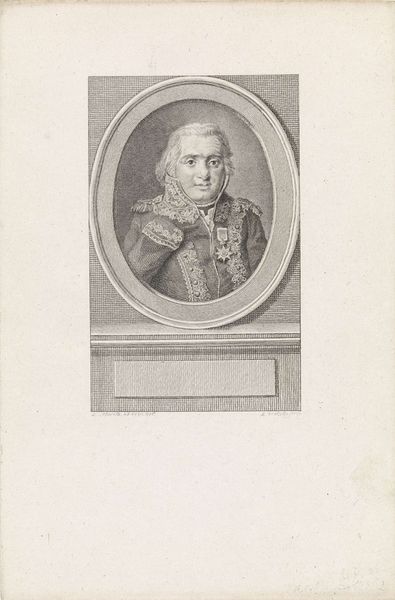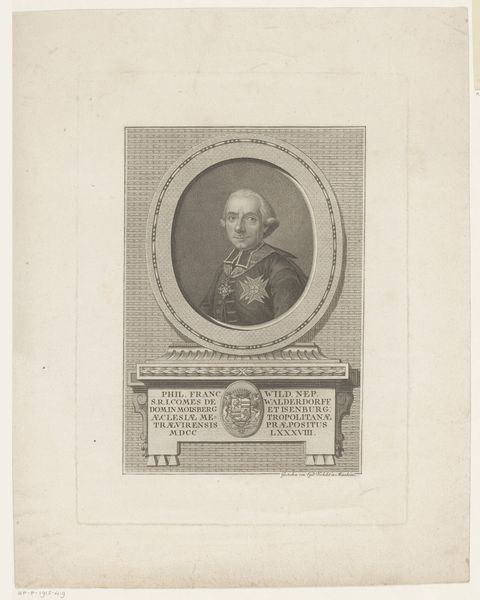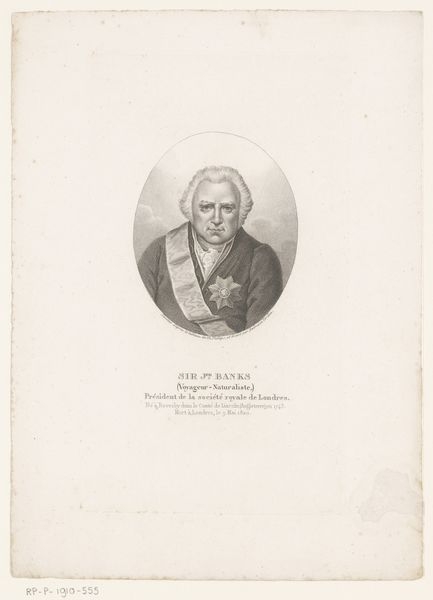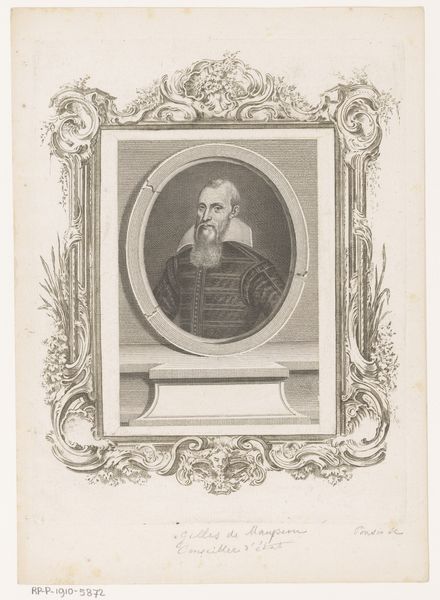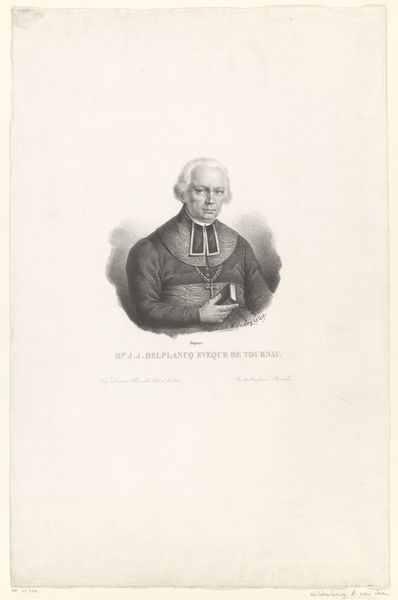
print, engraving
#
portrait
#
neoclacissism
#
neoclassicism
# print
#
history-painting
#
engraving
#
realism
Dimensions: height 405 mm, width 233 mm
Copyright: Rijks Museum: Open Domain
Curator: Up next is a rather formal piece titled "Portret van koning Lodewijk XVIII," dating roughly from 1787 to 1852, attributed to Christian Forssell. The work, primarily an engraving, showcases neoclassical and realist elements. Editor: Well, if I'm honest, my first impression is a kind of sturdy boredom. It feels… weighty, doesn't it? A bit like being stuck in a stuffy room on a rainy afternoon, though I appreciate the meticulous details of the engraving. Curator: Yes, "weighty" is a good word. Note the careful staging. The rigid symmetry of the framing device and the subject’s regalia serve to emphasize Louis XVIII’s authority and stature within a specific political theater. Look at how the artist used line work to define both figure and symbolic ornamentation. Editor: All very imposing! I'm also drawn to the man's expression, though. He’s got this… what? Stoic resignation? A hint of melancholy, perhaps? You can tell the artist had some awareness of portraying something beyond just royal presence. Curator: Exactly. It functions as both political propaganda and, to your point, a psychological study of a man burdened by history and circumstance. Editor: Do you think the choice of the engraving as the medium contributes to this dual sense? There's something about the black and white that feels definitive, like stone… yet at the same time it invites us closer, into this intricate world. Curator: Absolutely. The linear precision and graphic quality are ideally suited to neoclassical aesthetics. Furthermore, engravings like this were often produced in multiples, facilitating widespread dissemination of the Bourbon monarchy image, ensuring maximum visibility. Editor: I think that this kind of piece tells us much about how rulers want to be seen but also unintentionally reveals some truth, the tension, behind all the power symbols. In a sense, he is already history, even in the present. Curator: Precisely, a poignant study in constructed imagery and, dare I say, the anxieties it tries to conceal. Editor: It really prompts consideration on what parts of our personas are carefully performed versus just deeply felt, the royal weight and personal weight, intertwined.
Comments
No comments
Be the first to comment and join the conversation on the ultimate creative platform.
